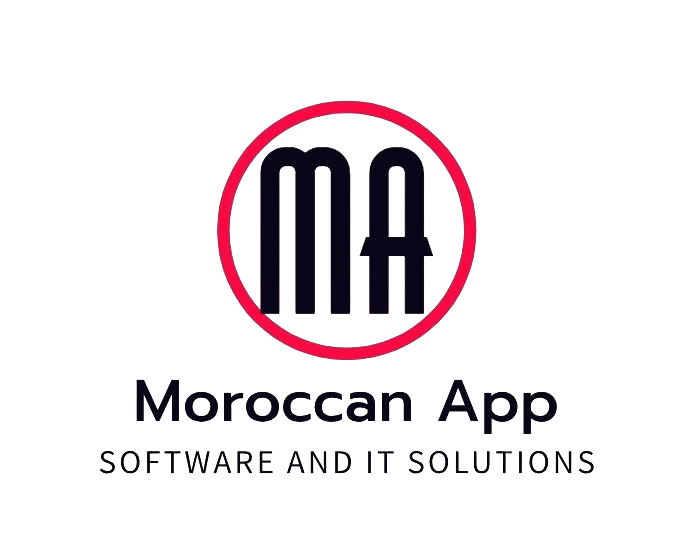- Mon - Sat 8:00 - 17:30, Sunday - CLOSED

Physical and Digital Archive Management: A Complete Guide for Businesses
Introduction Archive management represents a fundamental pillar in the organizational strategy of modern companies. In the digital age, the coexistence of physical and electronic documents requires a structured and methodical approach to ensure effective document management. This comprehensive guide is for companies that want to: The management of physical and digital archives encompasses several crucial aspects: Our guide will help you implement an archiving strategy that is adapted to contemporary challenges. You will discover the best practices for effectively managing your archives, whether on paper or in digital format. This integrated approach optimizes resources while ensuring the preservation of your information capital. 1. Understanding the importance of archiving for businesses Archiving represents a fundamental pillar in the organizational structure of modern businesses. This practice goes beyond the simple conservation of documents to become a real strategic tool. Legal compliance: an essential obligation Security of sensitive data Protecting confidential information requires a structured approach: Daily operational efficiency Optimized document management directly impacts the company’s performance: Companies that invest in suitable archiving solutions see a significant improvement in their performance. A well-designed archiving system helps reduce legal risks, protect information assets and optimise internal processes. 2. Types of archives in companies and their specific management Effective archive management is based on a thorough understanding of the different categories of documents and their life cycle within the company. Archives fall into three distinct categories, each requiring a tailored management approach. Current Archives: Active Document Management for Quick Access Current archives represent documents used daily in the operations of the business. These documents require immediate accessibility and rigorous organization. Main characteristics of current archives: Recommended management methods: Practical organization: Managing current archives requires a balance between accessibility and security. Documents must be easily accessible to authorized employees while remaining protected from unauthorized access. Tools and solutions: Intermediate archives: optimizing storage space with less frequently used documents Intermediate archives represent a specific category of documents whose consultation is becoming less regular. This intermediate phase requires an adapted storage strategy to optimize space while maintaining document accessibility. Characteristics of intermediate archives: Optimized storage solutions: Efficient management of intermediate archives is based on a three-pronged strategy: Thematic classification: The The establishment of a unified classification plan makes it possible to establish a standardized nomenclature. This standardization facilitates: Digital Security Sensitive Data Encryption< /li> Two-Factor Authentication Regular backups on redundant servers Document access logging< /li> Internal security protocols Assigning authorization levels to employees Traceability of consultations and modifications Mandatory “clean desk” policy Procedures for secure document destruction The ISO 15489 standard establishes precise guidelines for the implementation of a reliable document system. Companies must adapt these recommendations to their specific needs while respecting the regulatory framework. An effective storage strategy is based on: Regular risk assessment Updating security systems Continuing staff training in best practices The periodic audit of protection procedures The implementation of a hybrid storage solution makes it possible to combine the advantages of physical and digital archiving. This approach ensures optimal protection of sensitive data while facilitating their accessibility to authorized users. It is also crucial to integrate an effective fight against cybercrime into these strategies, because physical and digital security is not always enough in the face of growing threats in the virtual world. 4. Digitization and hybridization in modern archive management: towards a successful paperless transition! The digital transformation of archives represents a major development for modern businesses. This change requires a strategic and methodical approach to ensure an effective transition. Key steps in digitization: Audit of existing documents Selection of priority documents Definition of digitization formats Implementation of a system of backup Creating validation protocols Hybrid solutions: a smart compromise Adopting a hybrid system allows for a gradual and secure transition. This approach combines: The preservation of essential original documents The digitization of frequently consulted documents The electronic archiving of new documents The essential tools for hybrid management The success of this transformation depends on the use of suitable tools: High-definition professional scanners Optical recognition software (OCR) Electronic document management systems (EDM) Secure cloud storage solutions Good digitization practices The quality of the digitization directly impacts the efficiency of the system: Respect image quality standards Systematically index documents Check the integrity of the digitized files Put in place quality control procedures Ensure the traceability of operations This digital transformation requires a significant initial investment, but generates substantial savings in the long term by reducing physical storage costs and optimizing accessibilitydocument management. 5. Strategic benefits of good long-term document management for contemporary businesses Effective document management is a real performance lever for modern businesses. Tangible benefits are evident in several key aspects: Financial optimization Reduced physical storage costs Reduced costs related to the maintenance of paper archives Savings on supplies and archiving equipment Lower labor costs dedicated to document management Operational performance Acceleration of document research processes Reduced processing time for customer requests Improved collaboration between departments Increased productivity thanks to instant access to information Customer satisfaction reinforced Faster responses to documentation requests Personalized customer service thanks to accessible history Optimal traceability of exchanges and transactions Efficient dispute resolution thanks to documentary evidence Competitive advantage Accelerated decision-making thanks to organized data Improved analysis capacity for historical trends Increased responsiveness to market opportunities Enhanced protection of the company’s information assets The valorization of archived data allows companies to fully exploit their information capital, thus creating a virtuous circle of continuous improvement of performance. 6. Staff awareness and ongoing training as a key lever for effective archiving Training staff in best archiving practices is a strategic investment for your business. An effective training program is structured around several axes: Introduction sessions for new employees Introduction to archiving tools Specific filing procedures File naming rules Regular practical workshops Sorting exercises Documentary research simulations Real-life case studies To actively involve your employees, adopt these strategies: Designate “archiving ambassadors” in each department Create accessible visual guides on the intranet Organize monthly document organization challenges Set up a system for recognizing good practices Internal communication plays a central



